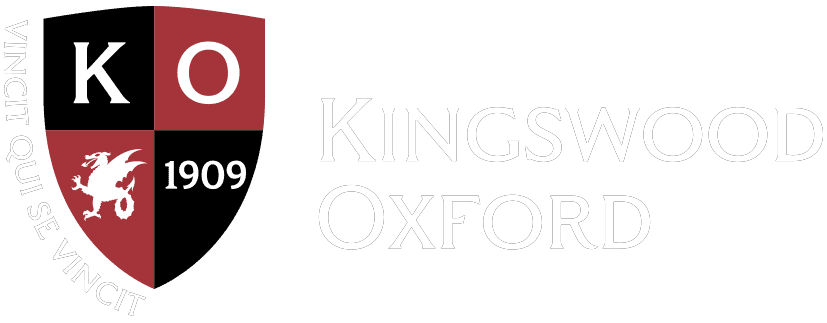January 10, 2022
Restorative Circle Builds Character and Community
Kathy Dunn, Associate Head of the Middle School
When a student breaches standards of good citizenship, schools have traditionally responded with punitive measures, such as after-school study halls, Saturday detentions, or even suspensions. But recent research has shown that such threats of punishment and restriction do very little to improve students’ future behavior or enhance their self-awareness and growth. Moreover, systems based on rigid discipline contribute to a stressful atmosphere in which teachers are seen as enforcers and students are less likely to tell teachers about the infractions of classmates.
With these insights in mind, our Middle School has moved this year toward a restorative model that treats student discipline as a learning process. Rather than imposing a set of fixed penalties and procedures, the school asks students who have broken the rules to take responsibility for the impact their behavior has had on others and to repair the damage they have done.
We do this by convening a “restorative circle” where a student who has made a mistake meets face-to-face with the students and teachers who have been affected by their actions. The student also invites one person – a friend, teacher, or coach – to be present for support.
In the restorative circle, the student listens as each person describes what happened, how they were affected by it, and what needs to happen for things to be better – for restoration. The group then discusses possible resolutions of the problem, adjusting their responses to the specific nature of the offense and the particular attitude, needs, and situation of the student. Finally, their conclusions are summarized in a written agreement that everyone in the circle signs.
This collaborative process, in which each person has an equal voice, provides an opportunity for students and teachers to work together to build a stronger community. In the circle, teachers become humanized and seen, not as punishers, but as partners who express their honest feelings about what has happened and contribute to finding solutions.
This process has the potential to shift the culture of the Middle School away from one of rules and compliance to one of responsibility and community. Students come to understand that the actions of one person can affect everyone and that each of them plays a role in setting and supporting standards of behavior.
Under a punitive system, students who make mistakes fear punishment, so they’re often defensive, deceitful, and evasive when confronted. Likewise, students are hesitant to tell teachers about others’ negative behavior because they don’t want to get anyone into trouble. This leads not only to a toxic culture of gossip, rumor and factionalism, but also prevents teachers from ever hearing about hurtful student actions and behaviors that need to be addressed.
Under the restorative model, where the consequences for breaking the rules are more supportive than punitive, students who misbehave are more willing to admit their mistake, and students who witness misbehavior are more likely to share the information with teachers. This year, in fact, more students than ever before are coming to tell me about infractions, and this openness has helped our school to confront these issues quickly, openly, and effectively.
Some of our sports teams, advisee groups, and classes have begun to use the restorative process to resolve issues among their members, and I hope this thoughtful, responsive process will help our school become a healthier, happier, and harmonious community.
Thinkers
Blog Main News
